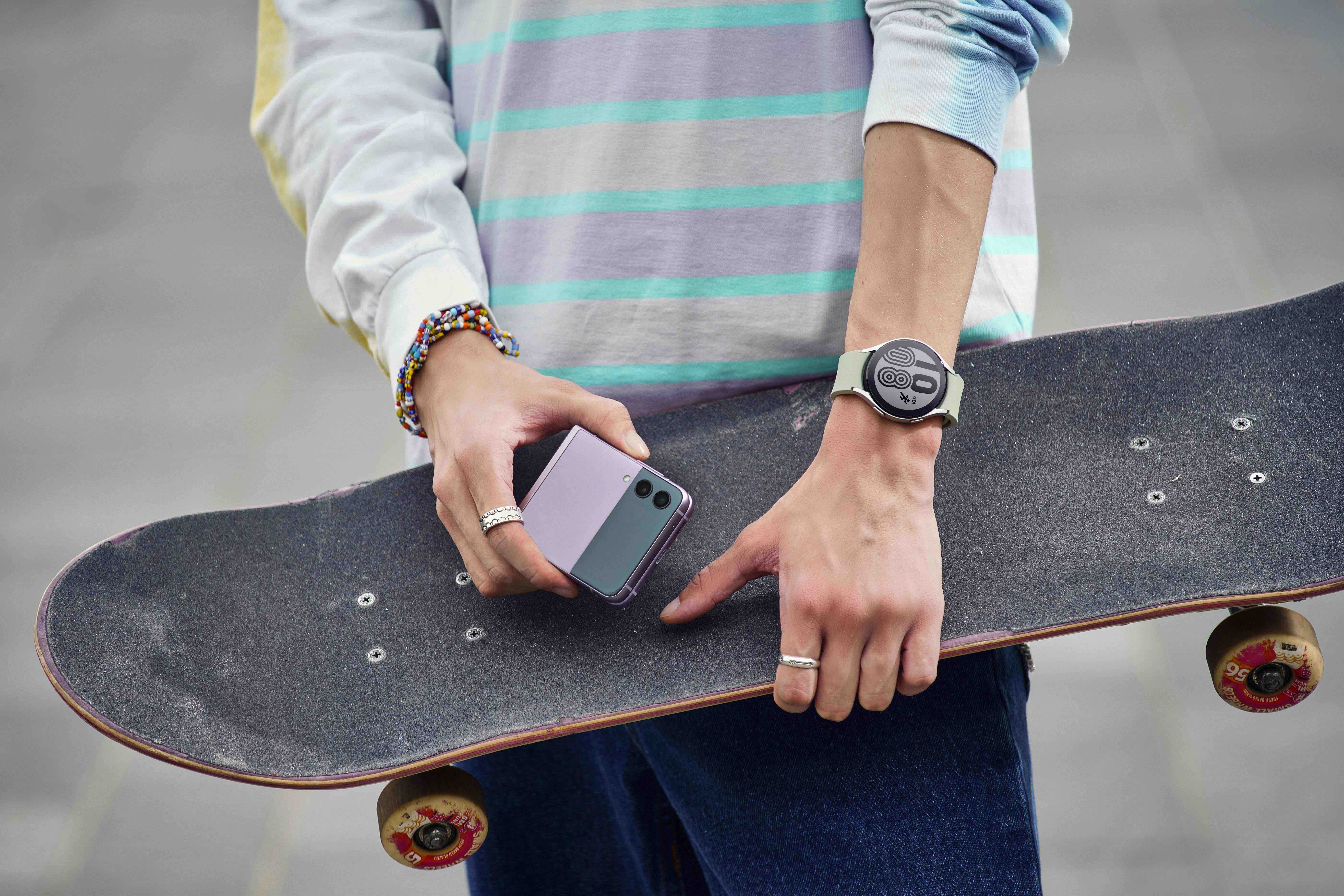Global smartphone shipments are falling. This year, fewer smartphones should reach customers than last year. Several factors are responsible for this, but Apple and its iPhones are less affected than other brands.
Analytical IDC company predicts that smartphone shipments will decline by 2022% in 3,5. Even so, 1,31 billion units will be sold. Earlier, IDC predicted that the market would grow by 1,6% this year. Experts explain that there are many reasons why the smartphone market is now declining. But it is not difficult to derive from the global situation - inflation is growing, as well as geopolitical tensions. The market is also still affected by COVID-19, which is closing Chinese operations. As a result of all this, not only the demand is reduced, but also the supply.
This affects all technology companies, but IDC believes that Apple will be significantly less affected than its competitors. Apple has more control over its supply chain and its phones also fall into higher price ranges, which paradoxically benefits them. The largest decrease in the smartphone market is expected here, i.e. in Europe, by a high 22%. In China, which is one of the largest markets, there should be a decrease of 11,5%, but the other Asian regions are expected to grow by 3%.
This situation is expected to be temporary and the market should return to growth soon. In 2023, it is expected to reach 5%, although believe the analysts when they mentioned that it will grow by 1,6% this year. If the Russia-Ukraine crisis passes and there are enough chips, and no one even sighs after covid, of course another blow can come that shakes the market. But it is true that if customers are now being frugal due to an uncertain future, and if everything stabilizes somehow soon, it is likely that they will want to spend their finances on new technological achievements that make their lives easier. So the growth is not completely unjustified.
It could be interest you
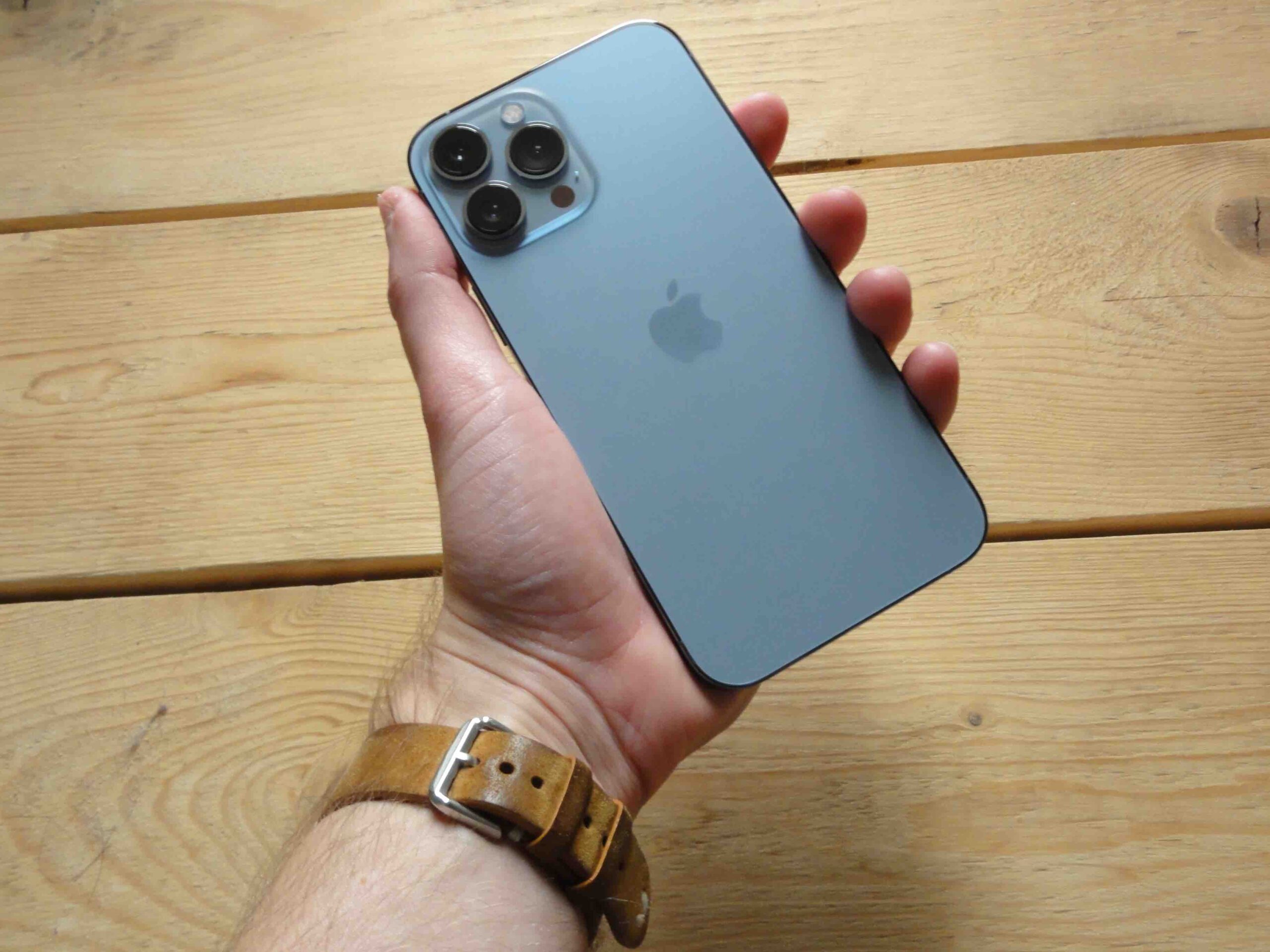
There is more space
If smartphone sales in general are declining, there is one sub-segment that is skyrocketing. These are flexible phones, which are currently reigned by Samsung, and Huawei is also growing rapidly. At the same time, both companies show that there is no need to go the route of the most powerful device (in the case of Samsung, the Galaxy Z Fold3), but rather bet on a "clamshell" type design.
In the first quarter of this year, 2,22 million "puzzles" were shipped to the market, which is a staggering 571% more than a year ago. The share of the Samsung Galaxy Z Flip3 is more than 50%, the Galaxy Z Fold3 occupies 20%, only a slightly smaller share belongs to the Huawei P50 Pocket model, which, like the Z Flip, is clamshell. Globally, these may still be smaller numbers, but the percentage growth clearly indicates the given trends. People are bored with ordinary smartphones and want something different, and they don't mind too much that such a device is not among the top in terms of its equipment.
It could be interest you

It is the Galaxy Z Flip3 that focuses more on design than on functions, because compared to other models, such as those from the Galaxy S series, it is significantly less equipped. But it brings a different sense of use. After all, Motorola is actively preparing its successor to the legendary Razr model, as are other manufacturers. Their only mistake is that they focus mainly on the Chinese market. But it is only a matter of time before they go beyond the borders and conquer other markets. After all, the Huawei P50 Pocket is also available here, albeit at a significantly higher price than the Z Flip you can get here. It would really like even Apple to swing.
- Apple products can be purchased for example at AlgeIn iStores whether Mobile Emergency


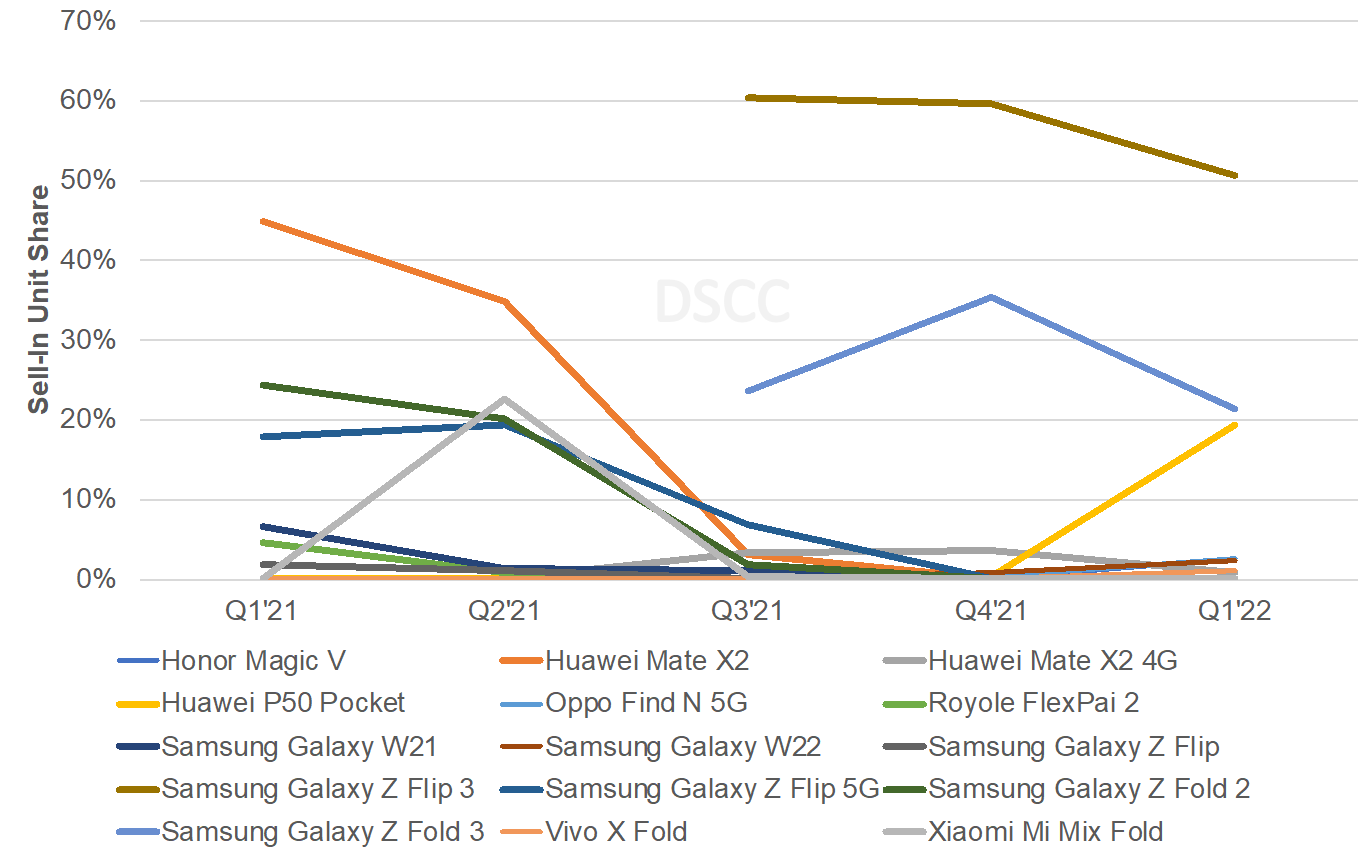
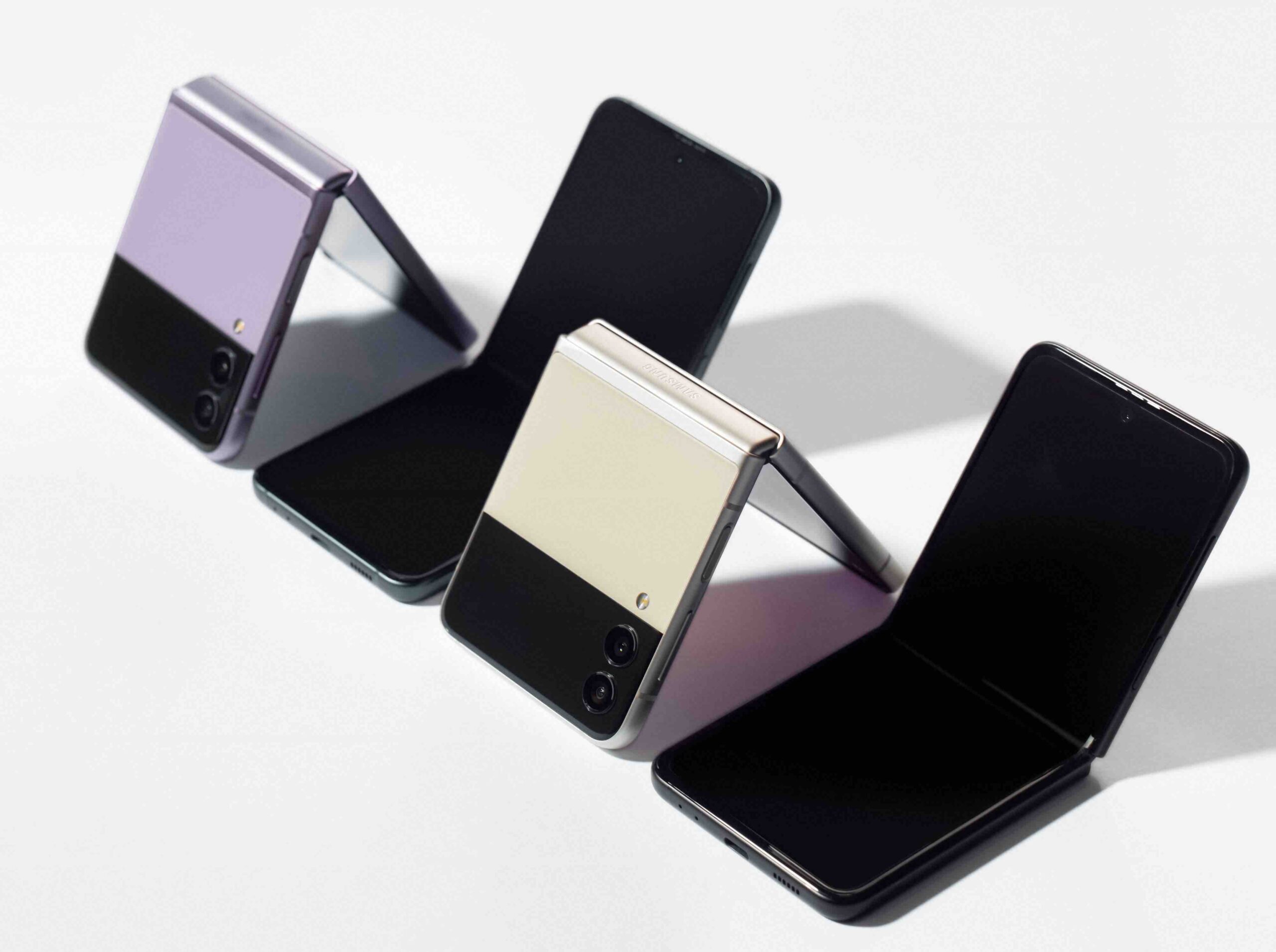

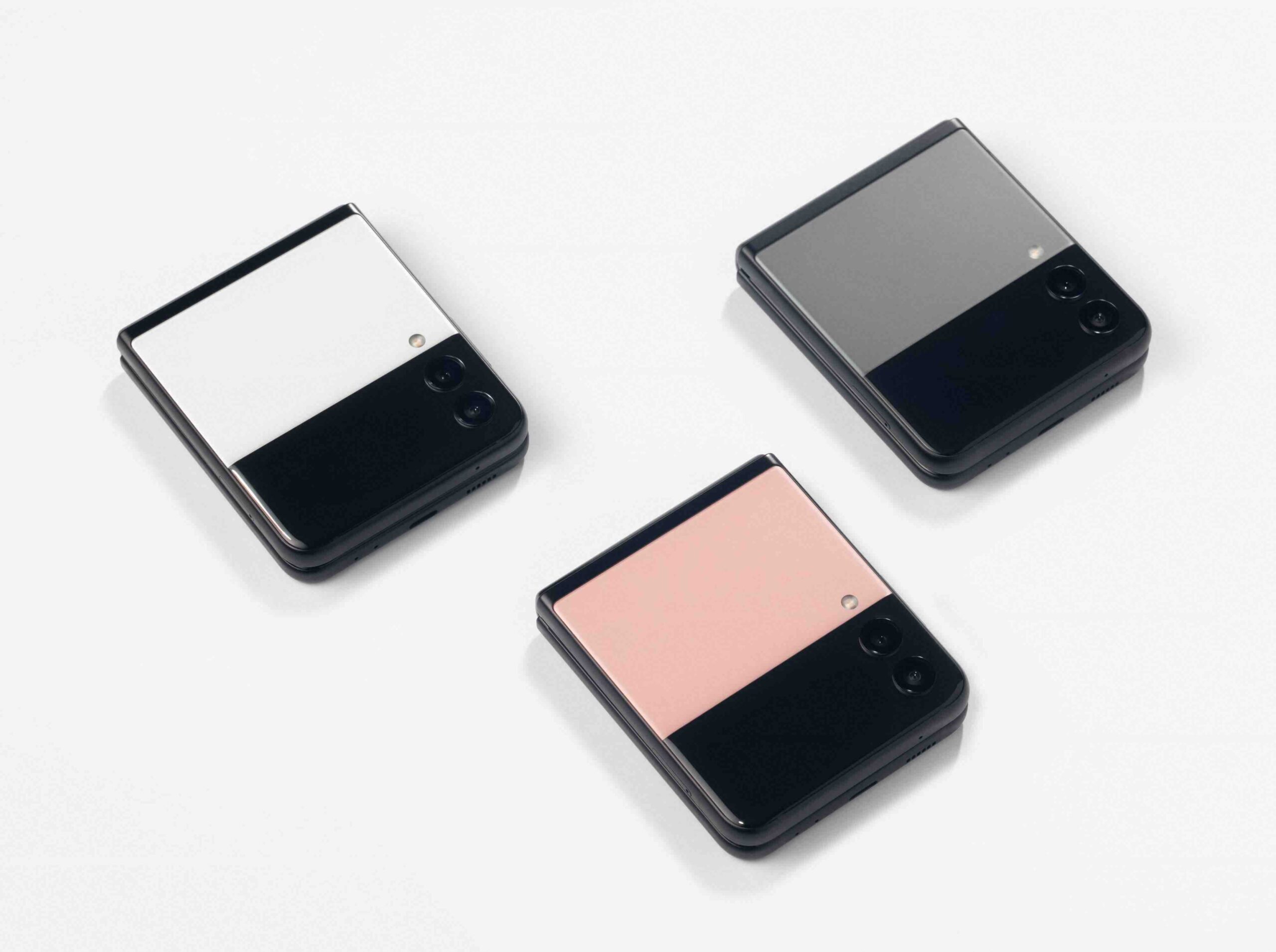


 Adam Kos
Adam Kos 






